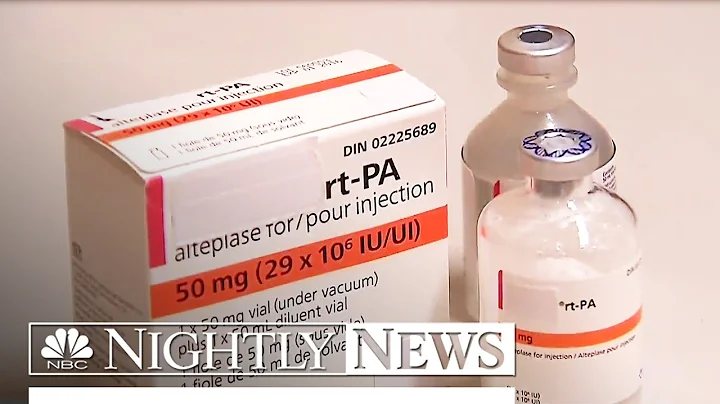Stroke sequelae What are the nursing measures after recovery? The cause of stroke sequelae is mainly due to the failure to receive timely treatment after a cerebrovascular accident. Stroke sequelae are divided into hemorrhagic stroke and ischemic stroke. Category. The early mortality rate of hemorrhagic stroke is very high. About half of the patients die within a few days of onset. Most of the survivors have varying degrees of sequelae such as movement disorders, cognitive impairment, speech and swallowing disorders . Therefore, patients must do good nursing work during recovery. Next, I will introduce to you what nursing measures are taken after the sequelae of stroke are cured?

Hemorrhagic stroke:
1. The older you are, the worse the prognosis is. The mortality rate is lower under the age of 60. Low, accounting for about 30%, and the fatality rate for people over 70 years old can be as high as more than 70%.
2. The longer the history of hypertension, the higher the blood pressure, and the worse the prognosis. For those with blood pressure above 200/120 mmHg, the mortality rate is 30.07%.
3. The deeper the coma, the longer it lasts, and the worse the prognosis. 94% of people in deep coma die. Those who have no consciousness disorder after illness, or whose disorder of consciousness gradually improves, have a better prognosis. The longer the somnolence lasts, the worse the prognosis.
4. The faster the disease progresses, the earlier symptoms of intracranial hypertension appear, the more severe the symptoms, and the worse the prognosis.
5. Patients with larger bleeding volume have worse prognosis. Those with hematoma formation and obvious midline structural shift have a poor prognosis. Those with lumbar puncture and cerebrospinal fluid with colorless and transparent cerebrospinal fluid have a better prognosis.

6. Patients with epileptic seizures and have a poor prognosis. Because it can aggravate cerebral edema or cerebral hemorrhage.
7. Patients with visceral dysfunction have a poor prognosis. The most common cause is gastrointestinal bleeding, with a mortality rate of 80%.
8. People with metabolic disorders such as acidosis and electrolyte disorders have a poor prognosis.
9. People with repeated attacks have a poor prognosis.
10. The worse the treatment effects such as dehydration and blood pressure reduction, the worse the prognosis.
Ischemic stroke:
1. It is related to the size of the blocked blood vessels. If the blocked blood vessels are small blood vessels, cerebral ischemia will be small in scope, collateral circulation is easy to form, recovery is faster, and the prognosis is better. For example, the blocked blood vessels are large, the scope of cerebral ischemia is large, the brain tissue is seriously damaged, the recovery of clinical symptoms is slow, and the prognosis is poor.
2. Those with slow and gradual onset related to the speed of onset are more likely to form collateral circulation, cerebral ischemia can be gradually compensated, and the prognosis is better. In patients with acute onset, collateral circulation cannot be established and the prognosis is poor.
3. The first attack is related to the number and number of infarcts, and the prognosis is better.

4. It is related to the nature of the embolus. For example, if the embolus is loose and breaks itself when traveling with the blood, flowing to the far end of the blood flow and blocking small blood vessels, the prognosis is better. Fat emboli, air emboli, and bacterial emboli have a more serious prognosis than cardiogenic emboli. However, patients with brain abscess caused by cardiogenic emboli have a poor prognosis.
5. It is related to the severity of localization symptoms. After the onset of symptoms, hemiplegia, aphasia, and other localization symptoms are milder, and the prognosis is better. On the contrary, those with severe hemiplegia and aphasia have a poor prognosis.
6. It is related to the degree of coma. The degree of coma is severe. The longer the duration, the worse the prognosis. Those who are not comatose at the onset of illness, but then enter coma, and the degree of coma gradually worsens, have a poor prognosis. The patient's consciousness is always awake and the prognosis is good.
7. The prognosis is related to the presence or absence of comorbidities, such as pressure sores, pulmonary infections, urinary tract infections, diabetes, coronary heart disease, arrhythmia, , heart failure, etc., and those without comorbidities have a better prognosis.
8. It is related to the age of the patient. Older age, poor physical condition, and poorer prognosis. Young age, good physical condition, and good prognosis.





















